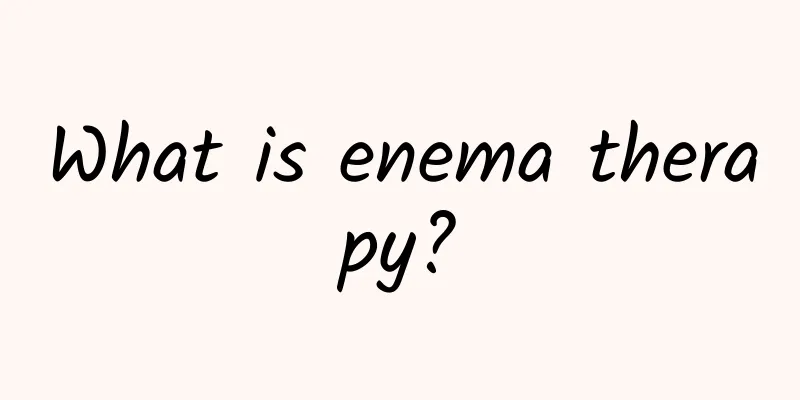Children's overbite correction

|
Overbite in children is a relatively common dental deformity. If children have overbite, timely correction can be carried out to ensure that the child will have a beautiful set of teeth when he grows up. There are many methods to correct overbite in children, such as removable braces and fixed braces, etc. Through certain corrections, the overbite phenomenon can be significantly improved. Let’s take a look at this aspect. Children's overbite correction Removable braces: They are generally used to correct relatively simple malocclusions and deformities during the deciduous and replacement dentition periods, or can be used in conjunction with fixed braces. Patients can put it on and take it off by themselves. Fixed braces: the most commonly used braces. Patients cannot take it off by themselves. Functional appliances: They are mainly used for children who are in the period of tooth replacement or have just replaced their teeth and are still in the peak period of growth and development. Functional appliances can correct bone malocclusions and deformities. Orthognathic surgery: When severe dentofacial deformities, such as maxillary protrusion, maxillary retrognathic, mandibular protrusion, and mandibular retrognathic, cannot be solved by simple correction, a combined correction method of surgery and orthodontics is required. Check steps The following examinations are generally required before correction: 1. Tooth impression: (i.e. taking a model) is used by the doctor to diagnose and plan the situation, and to make comparative examinations during subsequent treatment. 2. Photography: Before treatment, the doctor should take regular photos of the patient's face and occlusion, which will be used for comparison at the end of treatment. 3. X-ray examination: Each patient will undergo a routine lateral skull radiograph and full-mouth curved cross-sectional radiograph. 4. Develop a treatment plan: The doctor will measure, calculate, diagnose the type of malocclusion based on the model, photos and X-rays, and develop a detailed treatment plan. The doctor then explains the treatment plan to the patient and his family and seeks their opinions. After the treatment plan is determined, the patient or his/her family signs the consent form. 5. Specific treatment process. 6. After the treatment, remove the braces and wear a retainer. |
<<: What to do if the tooth root is loose
>>: How to correct lower overbite
Recommend
How to treat a lion on your head
Lice are a kind of parasite. In the past, when pe...
Mild mitral regurgitation
The mitral valve belongs to the left ventricular ...
What to do if your lumbar disc herniates and your hip hurts
Patients with lumbar disc herniation often experi...
What does it mean when heat and toxicity are raging? What does it mean when heat and toxicity are stagnate?
Heat and toxic congestion is actually the name of...
How to massage shoulder pain? Try these acupoints
In life, we often hear people complain about shou...
Can applying clotrimazole ointment to the vulva cure vulvar itching?
Clotrimazole ointment is a drug that can treat vu...
What are the effects and functions of Roselle wine?
Roselle is a very precious flower and is relativel...
Why do I feel my hands are shaking?
Hand tremors are very common. For example, when w...
Symptoms of facial seborrheic dermatitis
Skin diseases are very harmful to human health. E...
Traditional Chinese medicine teaches you to observe 7 types of tongue patterns to know your health privacy!
Tongue diagnosis is an important part of TCM'...
Gamma Knife Treatment for Pituitary Tumors
Pituitary tumors are one of the more complex and ...
Can I have an abortion at 42 days of pregnancy?
If a woman does not want the baby in her belly du...
Non-healing frenulum tear
The foreskin is a tissue unique to men, used to w...
What to do if your mouth is rotten
"Rotted lips" is a popular saying among...
What is the best medicine for vulvitis?
Vulvitis is a common gynecological disease in wom...









